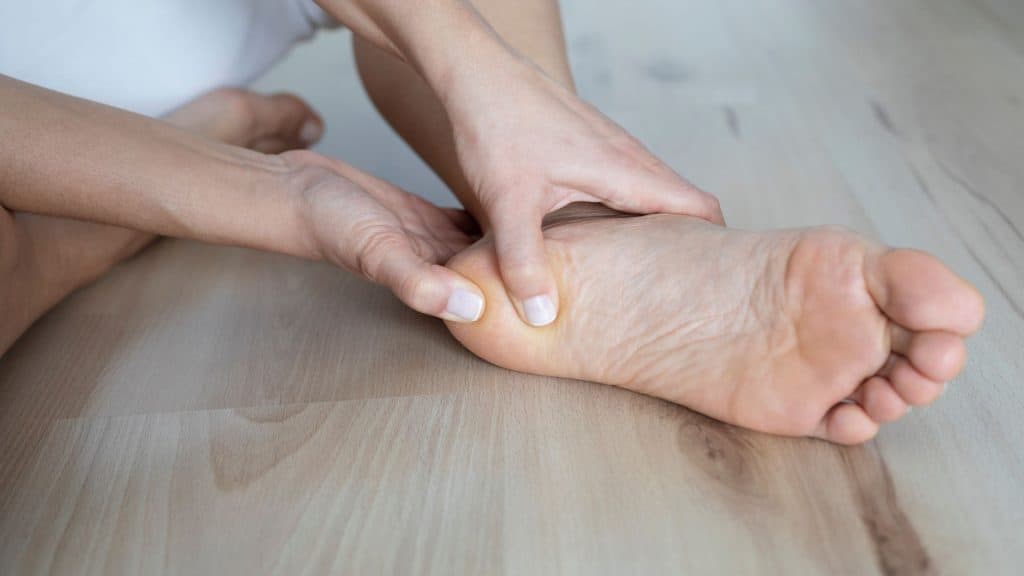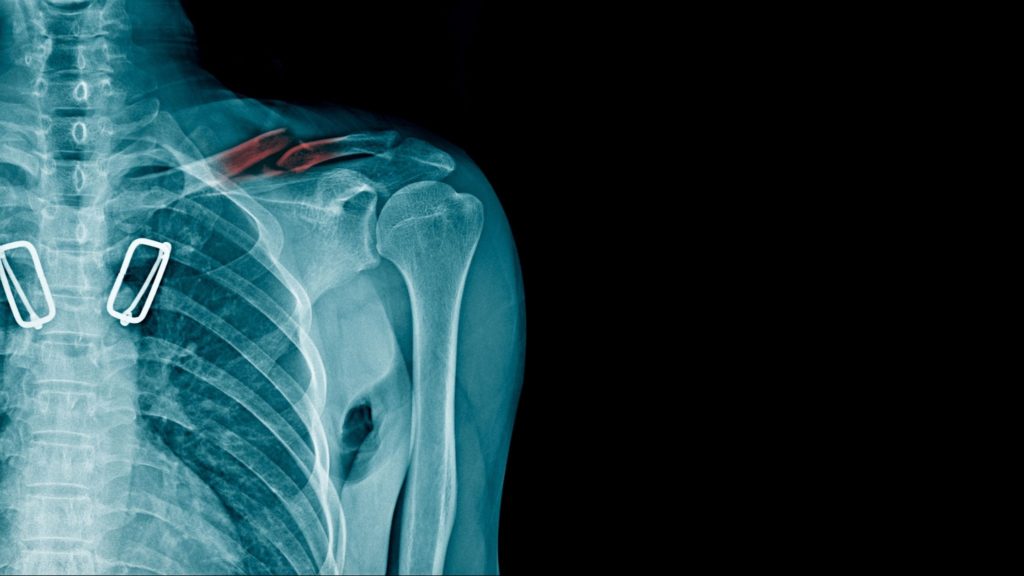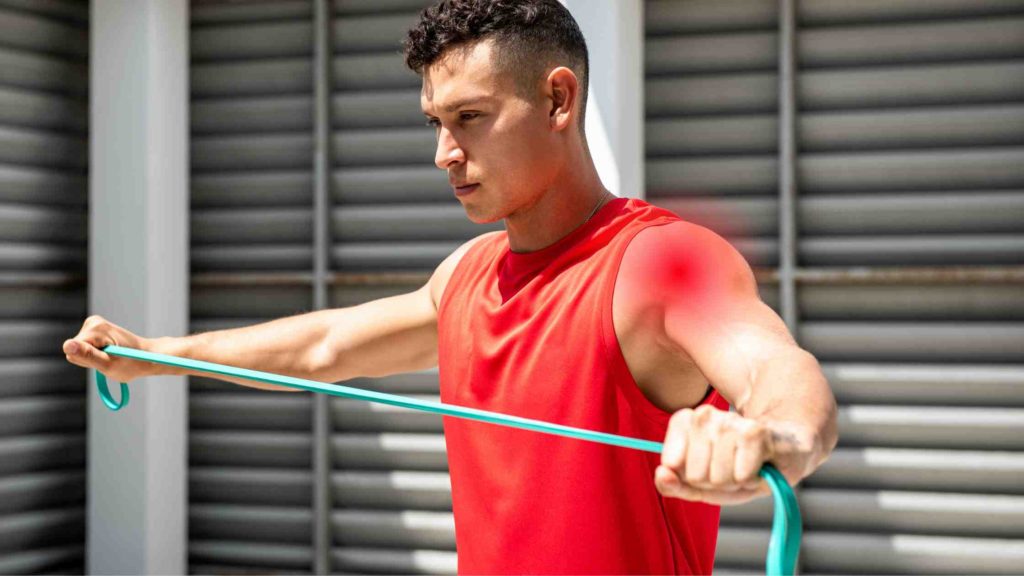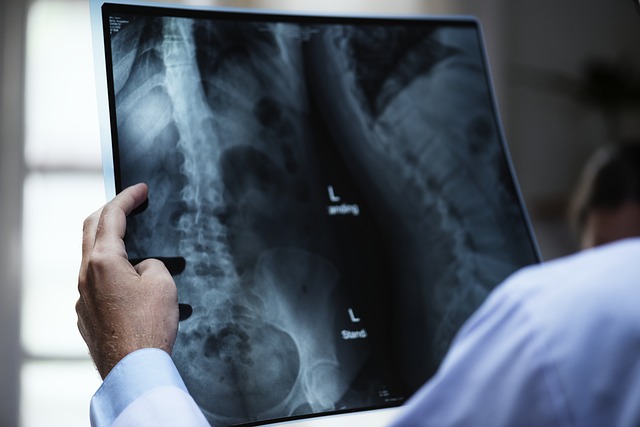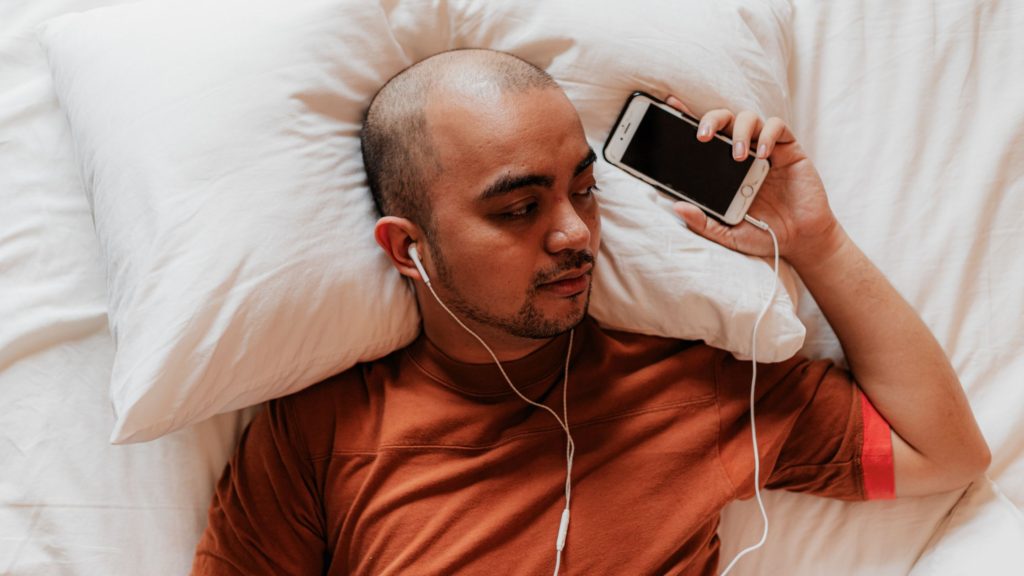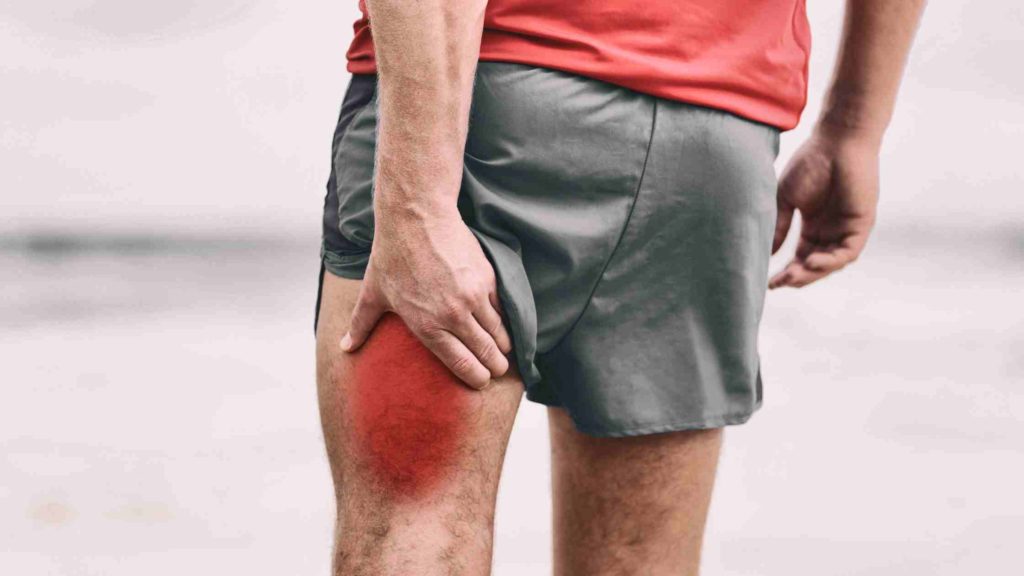Last updated on February 9th, 2023 at 04:38 pm
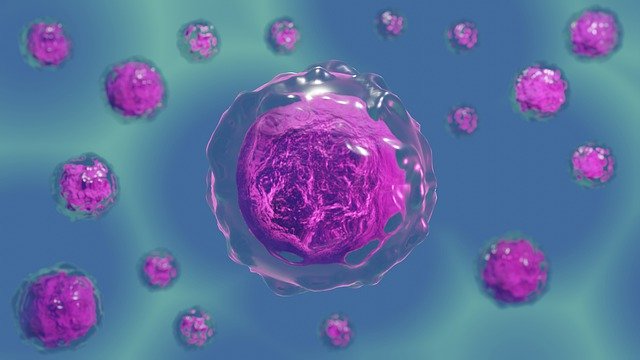
The tendon injury in our body never recovers completely leading to prolonged pain and disability that sometimes necessitating surgery. New research reveals the existence of tendon stem cells that can be potentially harnessed to heal the injured tendon.
In the latest research published on Nature Cell Biology the researchers reveal the presence of tendon stem cells. The scientist plan to harness the potential of this stem cell to completely heal the injured tendon.
Problem with tendon injury
Tendon is actually a connective tissue that connects muscle from the bone. Just palpate the hard structure on the back of the lower leg just above the heel, it is the biggest tendon of our body known as Tendo Achilles (TA). Rupture of Achilles usually happens to sports personalities and often requires surgery.
Likewise, our body has numerous small and large tendons connecting different muscles to its inserting bones.
One of the biggest problems with tendon injury is it never heals completely resulting in prolonged disability. Injuries to tendons represent the worst clinical outcome within the musculoskeletal system, as healed tendons rarely attain the integrity of the undamaged state. One culprit responsible for the inferiority of healed tendons is fibrotic scarring, which disrupts tendon matrix continuity.
Re-rupture is thus common, often necessitating reconstructive surgery and resulting in chronic pain and impaired mobility.
What the current research reveals
Stem cells are actually a cell with a unique capability of renewing themselves through cell division, have the potential to develop into many different cell types in the body. When a stem cell divides, each new cell has the potential either to remain a stem cell or become another type of cell with a more specialized function, such as a muscle cell, a red blood cell, or a brain cell.
In addition, in many tissues they serve as a sort of internal repair system.
“Because tendon injuries rarely heal completely, it was thought that tendon stem cells might not exist,” said lead author Harvey. “Many searched for them to no avail, but our work defined them for the first time.”
Researchers used a sample form patellar tendon; the tendon which is present inferior to the patella (knee cap) in front of our knee.
Unexpectedly, the research revealed that both fibrous scar tissue cells and tendon stem cells originate in from the same region, ie. the protective cells that surround a tendon.
During the healing process of the injured tendon, these two cells (fibrous scar tissue cells and tendon stem cells) compete with each other making the healing process such a challenge.
To explain this, the team demonstrated that both tendon stem cells and fibrous scar tissue cells are stimulated into action by a protein called platelet-derived growth factor-A. When tendon stem cells are altered so that they don’t respond to this growth factor, then only scar tissue and no new tendon cells form after an injury.
What does it mean for us
Healing of tendon is still a challenge. Due to scar tissue formation after healing, there is an increased risk of recurrence. What’s more, there is also a risk of prolonged pain and disability that can never become normal.
The new research can help our doctors to harness the potential of tendon stem cells for better treatment of tendon injuries.
Journal references:
Harvey, T., Flamenco, S. & Fan, C. A Tppp3+Pdgfra+ tendon stem cell population contributes to regeneration and reveals a shared role for PDGF signalling in regeneration and fibrosis. Nat Cell Biol (2019) doi:10.1038/s41556-019-0417-z
The author is a physiotherapist who has been practising for the last 17 years. He holds a Bachelor's in Physiotherapy (BPT) from SVNIRTAR (Swami Vivekananda National Institute of Rehabilitation and Research), one of the prestigious physiotherapy schools in India.
Whatever he learns dealing with his patient, he shares it with the world through blogs and e-books. He also owns a YouTube channel, "Sunit Physiotherapist" with over 8 lakh active subscribers. Here, he shares everything he gets to learn serving the patient.
